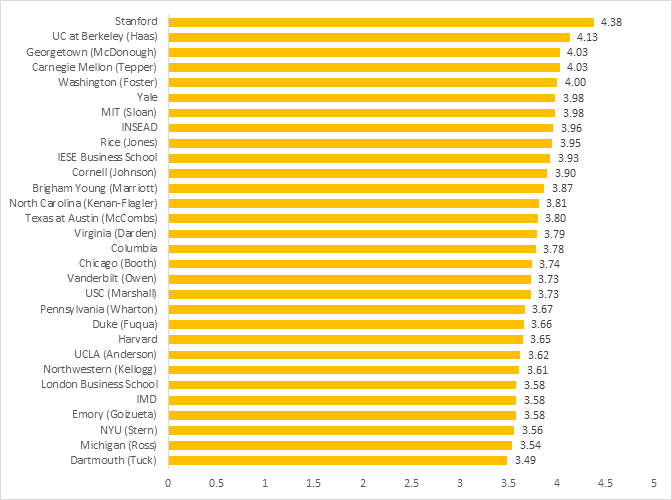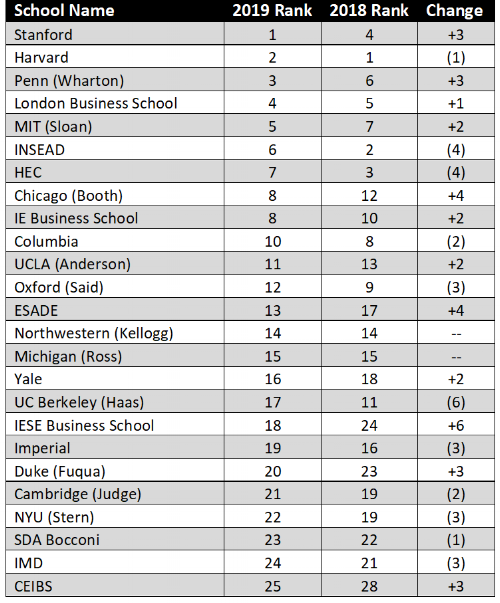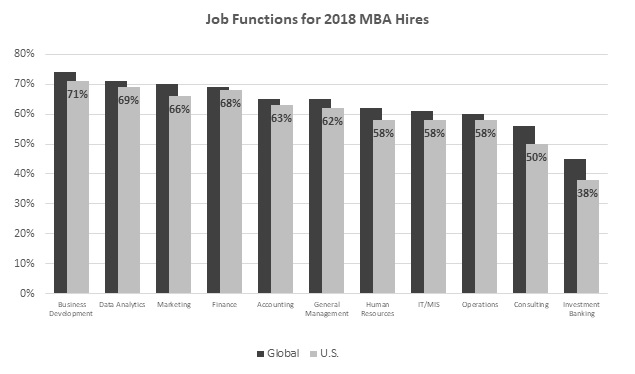Amazon has adopted a new MBA recruiting strategy, according to a recent article in the Wall Street Journal. They are turning away from a previous focus on the most elite schools to broaden the scope of MBA talent they evaluate for full-time jobs and summer internships. This exciting new strategy will is being deployed to increase the diversity of background and talent in Amazon’s new hires. But it will now be increasingly difficult for prospective employees to meet anyone from Amazon face-to-face during the hiring process. Most on-campus visits will be replaced with virtual meetings.
While previously, the company hired approximately 1000 full-time employees and MBA interns from the 12 most prestigious schools, it has recently extended a similar number of offers to students from 80 MBA programs. So expectedly, the declines in the number of Amazon hires at top-tier programs have been striking. MIT and Kellogg reported declines of over 60 percent from 2017 to 2019. Berkeley Haas saw a decrease of about 50 percent over the same time period, reporting that Amazon is recruiting more from other programs at the school. And Columbia and NYU sent 40 percent fewer students to the company. While Michigan Ross no longer publishes its employment numbers, Amazon was the top employer for Ross in 2017, with 38 graduates, and they have confirmed that fewer went there in 2019.
Some schools report that Amazon’s virtual recruiting strategy has also dimmed students’ enthusiasm to work for the company; students responded positively to the face-to-face access to recruiters and executives in the past and are still adjusting to the change. Susan Brennan, Assistant Dean of Career Development at MIT’s Sloan school, says that “Students are drawn toward an opportunity where they have a direct connection.” More MIT graduates are now opting for employment at tech startups and consulting firms that are still sending representatives to campus to meet and interact with students. Others, such as Kim Austin, Director at Texas A&M’s Mays Business School career-management center, which saw an increase in Amazon employment among graduates, says that while it was initially a shock, students there have been pleased by the uptick in hires, and are adapting to the new reality of virtual meetings.
Other prominent MBA recruiters, including Goldman Sachs and Bain & Co. have adopted a similar strategy in expanding the list of schools from which they recruit. And it is likely that, they too, will conduct many of their meetings virtually.


















